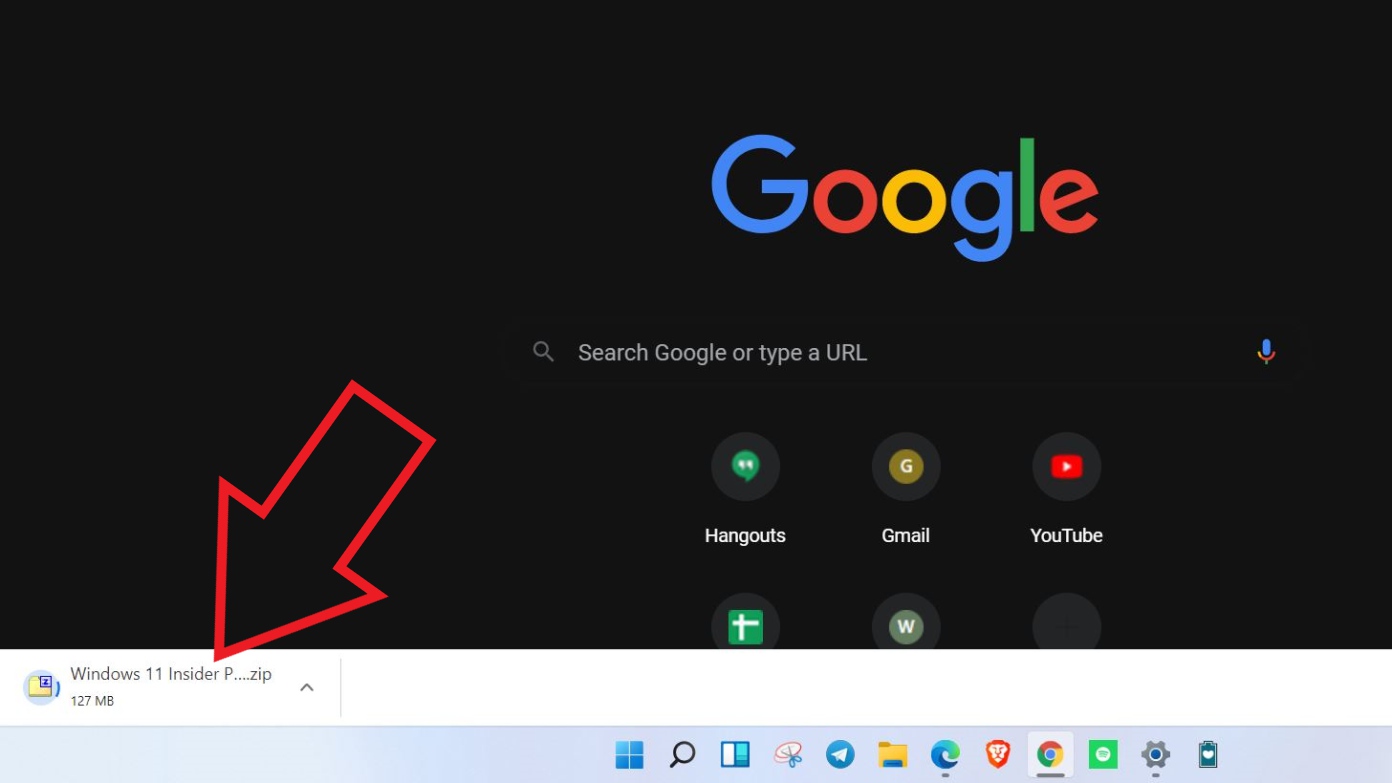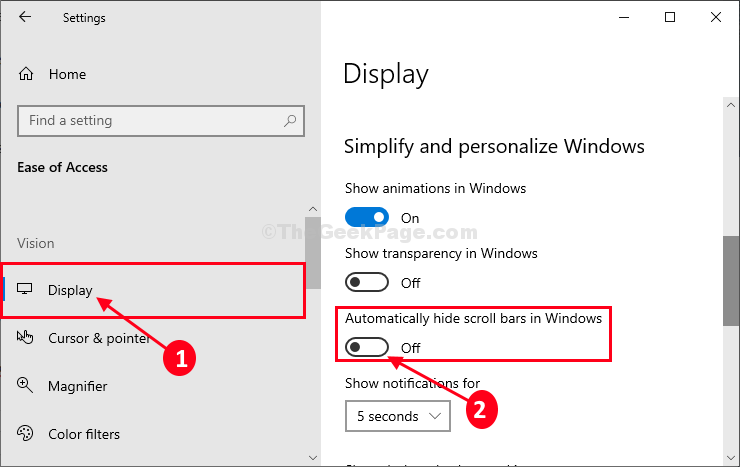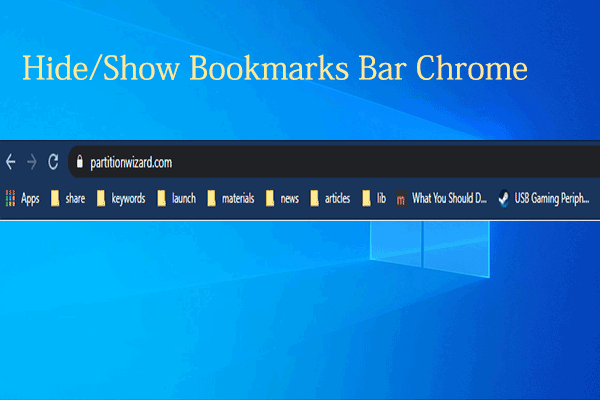


"If you're going to Google and the black part ends with anything but, call IT" made sense to even the oldest and most reluctant people I've had to deal with. They're even shaded differently to make it easier to read. The first part needs to be httpS, the second part needs to be the site you're expecting and the third you can ignore. The way I used to teach was very simple and very effective: there are 3 parts to a URL - the first part tells you if the connection is secure, the second part tells you who you're connected to and the third part tells you where on that site you are.

com, you stop reading it at the third slash or possibly a colon, but that form is rare.Īs someone who has had to teach grumpy old high school teachers how to not fall for phishing and mitm attacks, I really can't see the problem here. To give just one example that has regularly confused people in the past: URLs are read left to right except for the domain name (the important part) which is read right to left. On the web it's tolerated for no good reason beyond history. In a desktop app dumping RAM straight onto the screen would be considered a severe bug. It's basically random bits of webapp memory and protocols splatted onto the screen in a large variety of different encodings. Perhaps you're so used to parsing URLs in your head you don't realise it, but URLs are a baroque and absurd design that nobody without training could properly figure out. But right now the bar is practically designed to look as intimidating and useless as possible. Now of course not everyone will use the URL bar even if it's redesigned to work correctly. It can't really be improved without totally replacing it with something else like a camera. The side view mirror is simple and performs its function correctly as designed.

Your side view mirror metaphor is unfortunately not clear at all. And when those accounts got hacked, scamming and sometimes even extortion would follow. Making this change was a recommendation I made to the Chrome team years ago because the number of people who would reliably type in their username and password to a site hosted on hacked web servers (.hk/account_login.php etc) was just so high. As someone who has worked on the front line of the fight against phishing and account takeover in the past, I can assure you and others that you're dead wrong.


 0 kommentar(er)
0 kommentar(er)
